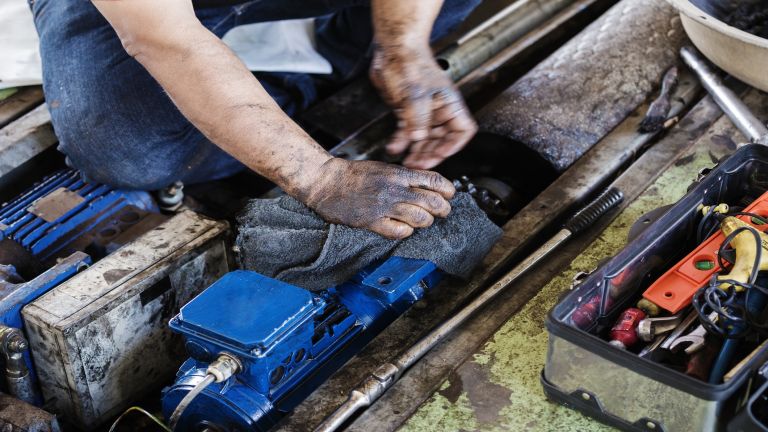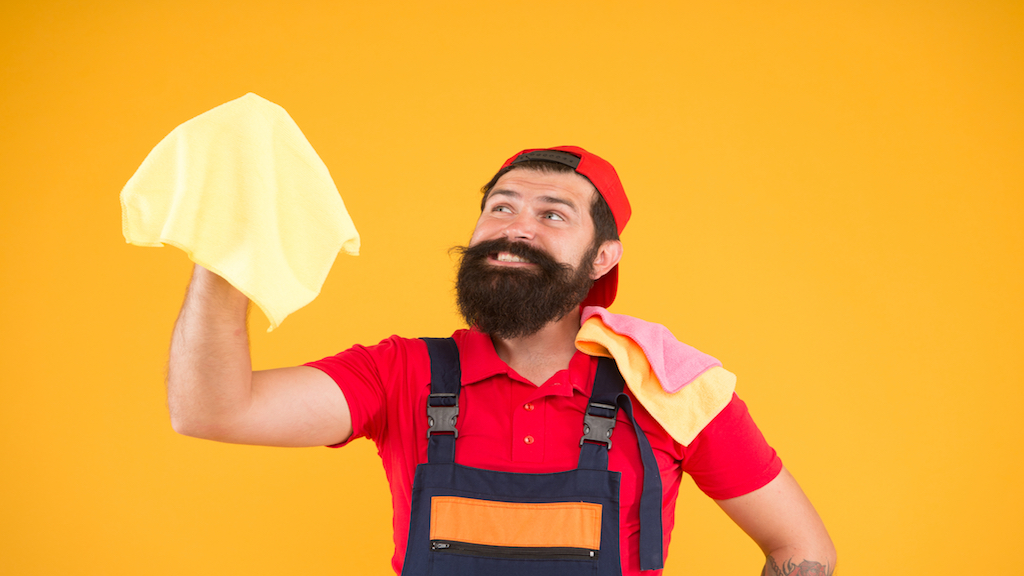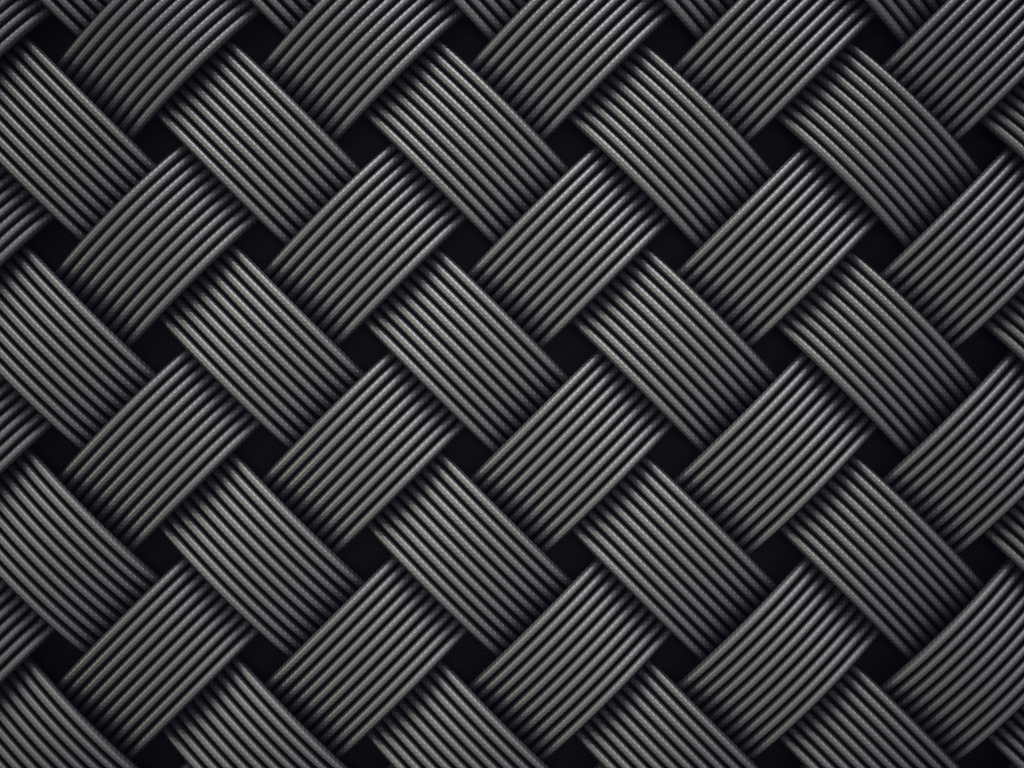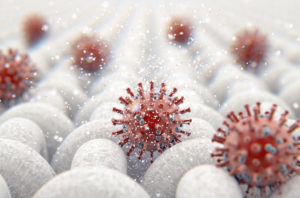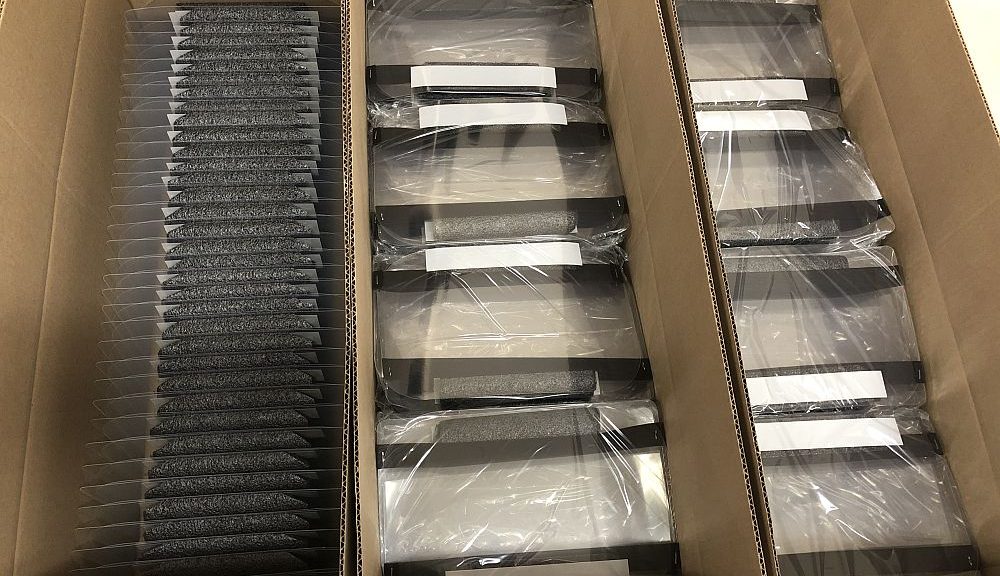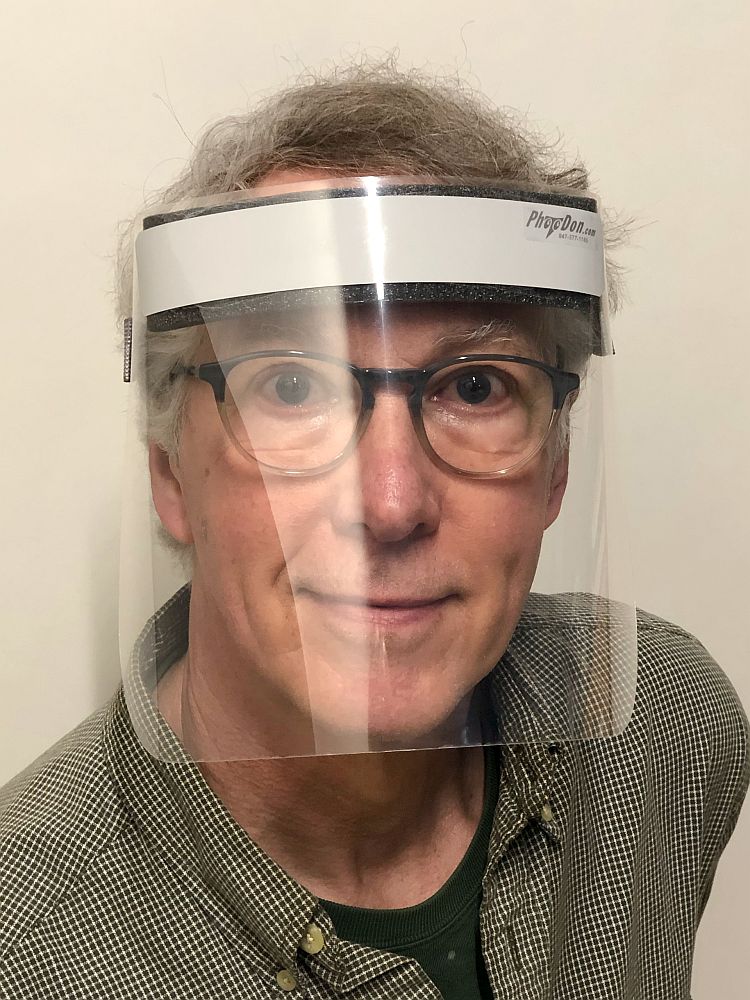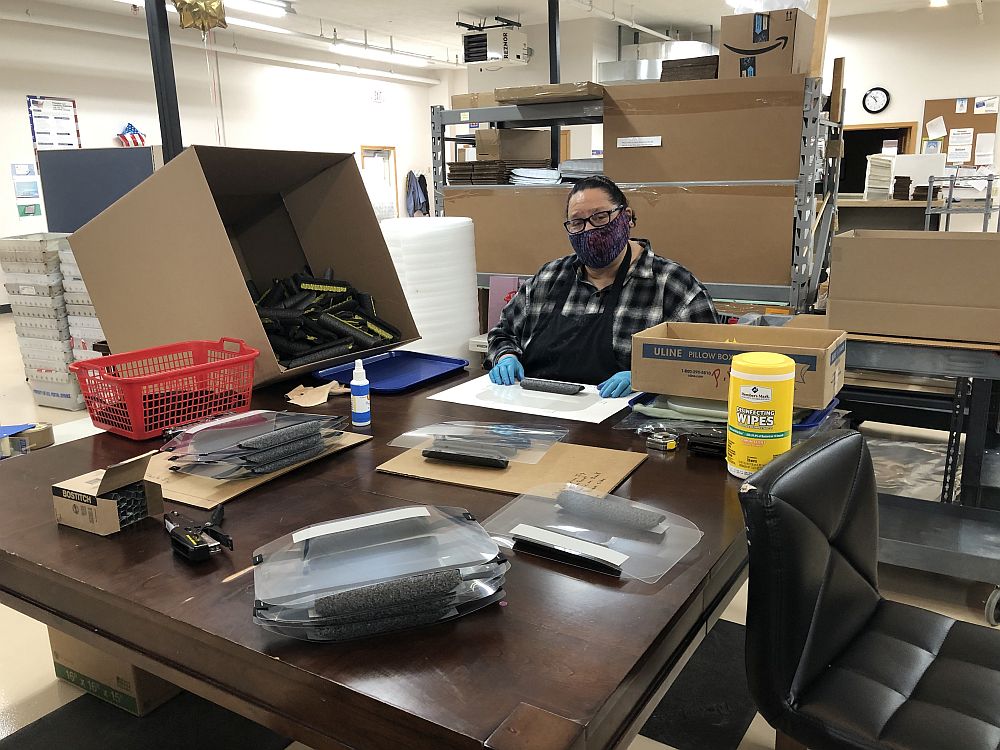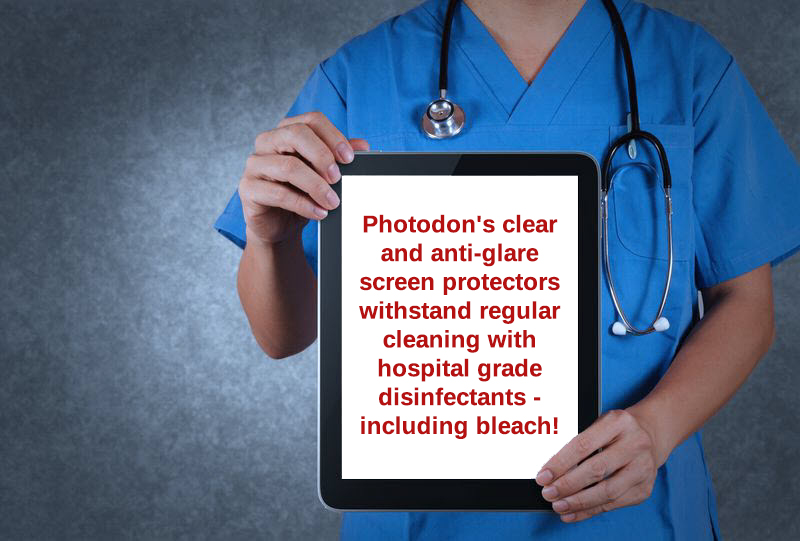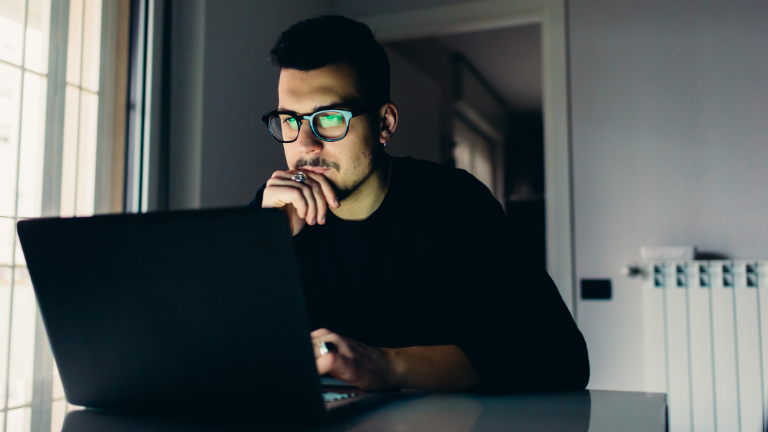What Hospitals Need to Know About Our Products
Now that the coronavirus has arrived, electronic devices are being cleaned regularly, especially ones used in medical facilities. To ensure these devices are cleaned properly, hospital-grade type disinfectants are being used directly on expensive digital screens which, if not protected, can cause damage to the screen. Our screen protectors hold up to harsh chemicals and can save your device screen’s life. Below you’ll see what we did to prove this.
The Test – HSC and MXH Screen Protectors and Anti-Bacterial Cleaning Solutions:
Our Photodon lab technicians created a bleach test to see how our HSC and MXH screen protector materials would hold up to being regularly cleaned with hospital-grade Clorox Bleach Germicidal Wipes.
We used a standard office monitor and wiped down the screens two times daily with the bleach wipes for a period of 30 days. The results were clear: the screen protectors' clarity and protection were not compromised, which means the screen itself was not either!
Features and Specifications of Photodon’s HSC and MXH Screen Protectors:
Our screen protectors can be part of your company’s cost-reduction program by avoiding the need to replace expensive screens, whether it be for medical equipment screens that can be damaged by regular and necessary cleaning requirements especially at this time, to manufacturing-type devices, laptops, monitors, TVs, or any other device screen.
Our HSC and MXH Materials:
- Are resistant to yellowing, even when cleaned with harsh chemicals
- Are touchscreen-compatible
- Are an affordable solution
- Are great protection for your screen and offer different finishes. HSC is a clear, glass-like option, where MXH offers an anti-glare, matte finish
- Protect your devices from scratches and blunt force impact
- Withstand daily wipe-downs with hospital-grade disinfectants, including bleach wipes
- Can be custom-cut for any device (up to 40.5” tall)
- Are easily removable with no residue left on the screen
- Come with installation kits and detailed instructions for an easier installation
Photodon’s Advice:
Replace the screen protector – not the screen.
While we have not tested our other materials, we believe that our other screen protector material types would respond the same way if tested with the bleach wipes. Should chemicals degrade the PET material over time, it can be inexpensively replaced, while the same cannot be said of replacing the actual device screen.
The Bottom Line:
Touchscreen use is increasing in medical-type environments from patients using equipment to check in and check out, to doctors, nurses, lab technicians, and other staff. It pleases us to know that we can provide a high-quality, affordable option for protecting these heavily used and expensive devices. We specialize in custom solutions, and we offer 11 screen protector materials and 3 privacy filter materials. We have quick turn-around times and will work with you to get you what you need when you need it!
You can contact us at 847-377-1185, M-F 9:00a.m – 5:00pm EST, or email us at [email protected].
More Information


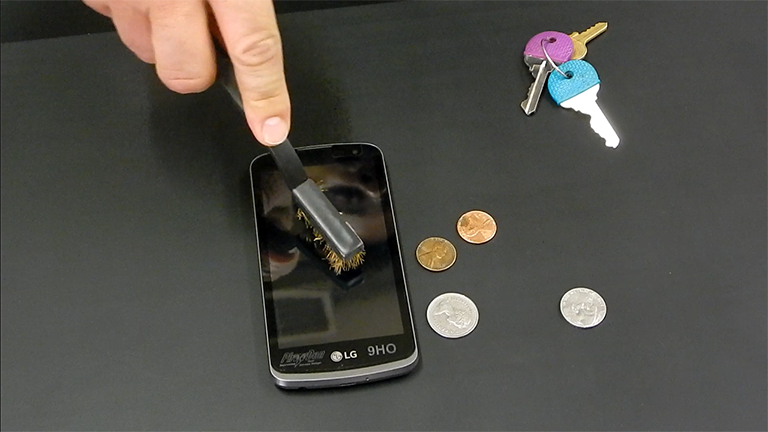
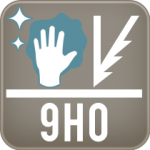
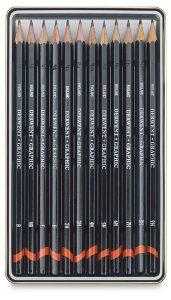 to use pencils that are on a hardness scale that ranges from 2H to 9H. The higher the number, the harder the lead.
to use pencils that are on a hardness scale that ranges from 2H to 9H. The higher the number, the harder the lead.